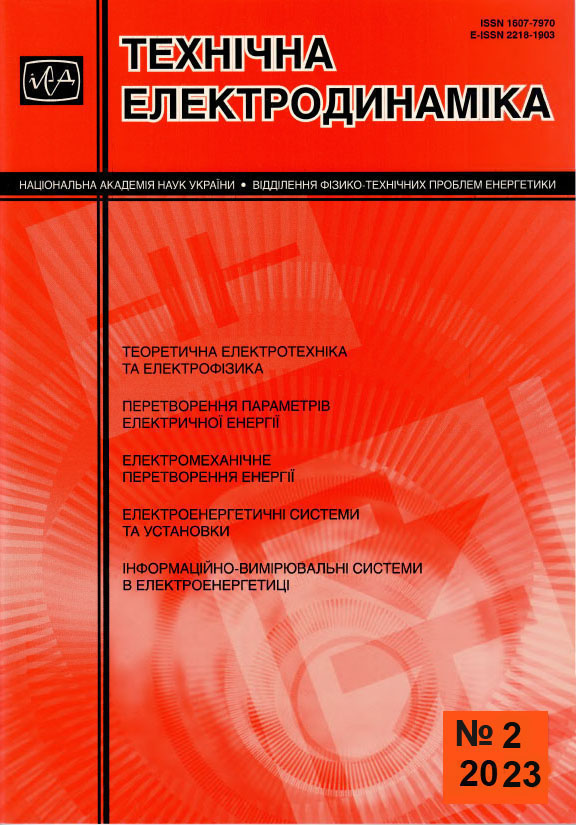Abstract
The paper investigates the methods of solving the equation according to the Kalendar-Van Dusyn formula, which describes the dependence of the electrical resistance of the Pt100 thermosensor on temperature. This type of temperature sensor is considered quasi-linear due to the small nonlinearity. But, for high-precision measurements, the nonlinearity of the sensor cannot be neglected, so it is necessary to solve the nonlinear equation of Pt100. At minus temperatures, the equation according to the Kalendar-Van Dusyn formula reaches the fourth power and has no solution with respect to temperature in an analytical form. The analysis of the previously published iterative algorithm for the approximate solution of the equation reveals a desadvantage of this algorithm. The residual error of the solution is not a monotonic function of the argument. The purpose of this study was to obtain an algorithm that provides the residual error in the form of a monotonic deterministic function of the argument with the minimization of the maximum value of the error. The possibility to modify the iterative algorithm-prototype in an elementary way by fixing the number of iterations is shown. The residual error of solving the equation according to the modified algorithm has the form of a monotonic deterministic function of the argument. It is assumed that any iterative calculation algorithm can be improved in this way. But, to minimize the error values, the modified algorithm requires setting the maximum number of iterations compared to the prototype algorithm. To overcome this desadvantage of the modified algorithm, a new algorithm is proposed, in which, in addition to a fixed number of iterations, the property of the smallness of the components of higherdegrees is used. The high efficiency of the new algorithm is shown, which reduces the residual error of the solution to a negligible value in just four iterations. It is claimed that the high efficiency of the new algorithm makes further research in the direction of its improvement unnecessary. The article provides a scheme of the new algorithm and a corresponding program on the VBA platform for Excel, which is suitable for direct use. References 5, figures 5, tables 3.
References
Trump B. Analog linearization of resistance temperature detectors. Analog Applications Journal. 2011. 4Q. Pp. 21-24. URL: https://www.ti.com/lit/an/slyt442/slyt442.pdf?ts=1675932767222 (accessed at 03.09.2022) (Ukr).
Radetic R., Pavlov-Kagadejev M., Milivojevic N. The Analog Linearization of Pt100 Working Characteristic. Serbian journal of electrical engineering. 2015. Vol. 12. No 3. Pp. 345-357. DOI: https://doi.org/10.2298/SJEE1503345R.
Boyko O.V., Chaban O.P., Matviyev R.O., Kuts V.R. Thermoresistive converter with analog linearization. Vymiriunalna ta obchysliuvalna tekhnika v tekhnolohichnyh protsesah. 2013. No 1. Pp. 57-62. (Ukr).
Sarkar S., Platinum RTD sensor based multi-channel high-precision temperature measurement system for temperature range −100°C to +100°C using single quartic function. Cogent Engineering. 2018. 5: 1558687. Pp. 1-15. DOI: https://doi.org/10.1080/23311916.2018.1558687.
Latenko V.I., Logvynenko D.M., Myronov R.D., Ornatsky I.A. Algorithm and program for calculating the temperature by resistance of the resistive temperature detector. Vymiriunalna ta obchysliuvalna tekhnika v tekhnolohichnyh protsesah. 2020. No 1. Pp. 23-27. (Ukr).

This work is licensed under a Creative Commons Attribution-NonCommercial-NoDerivatives 4.0 International License.
Copyright (c) 2023 Array






